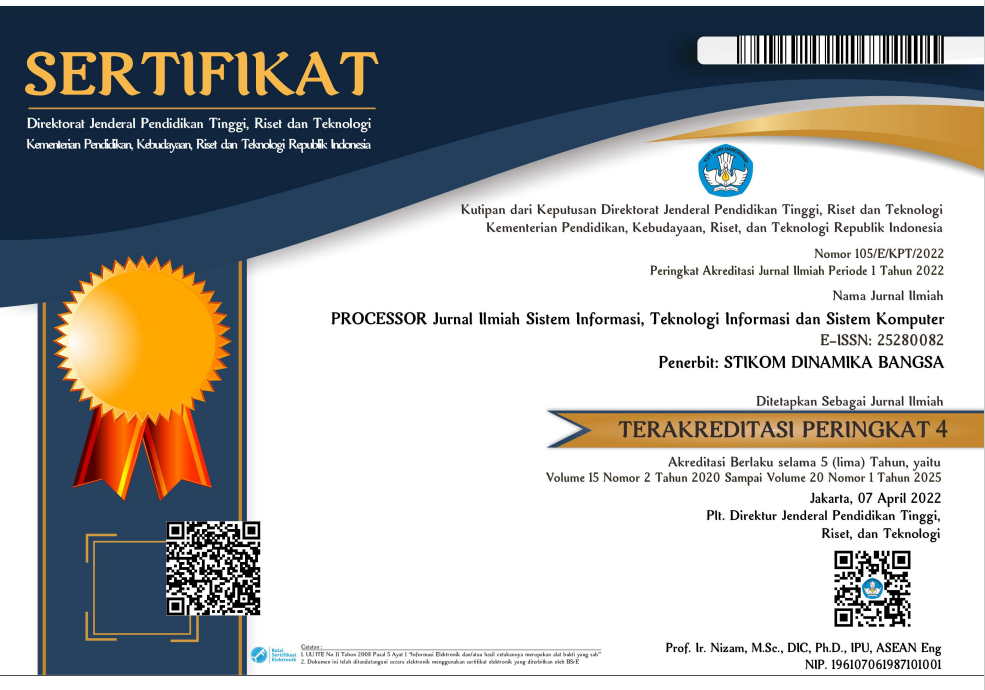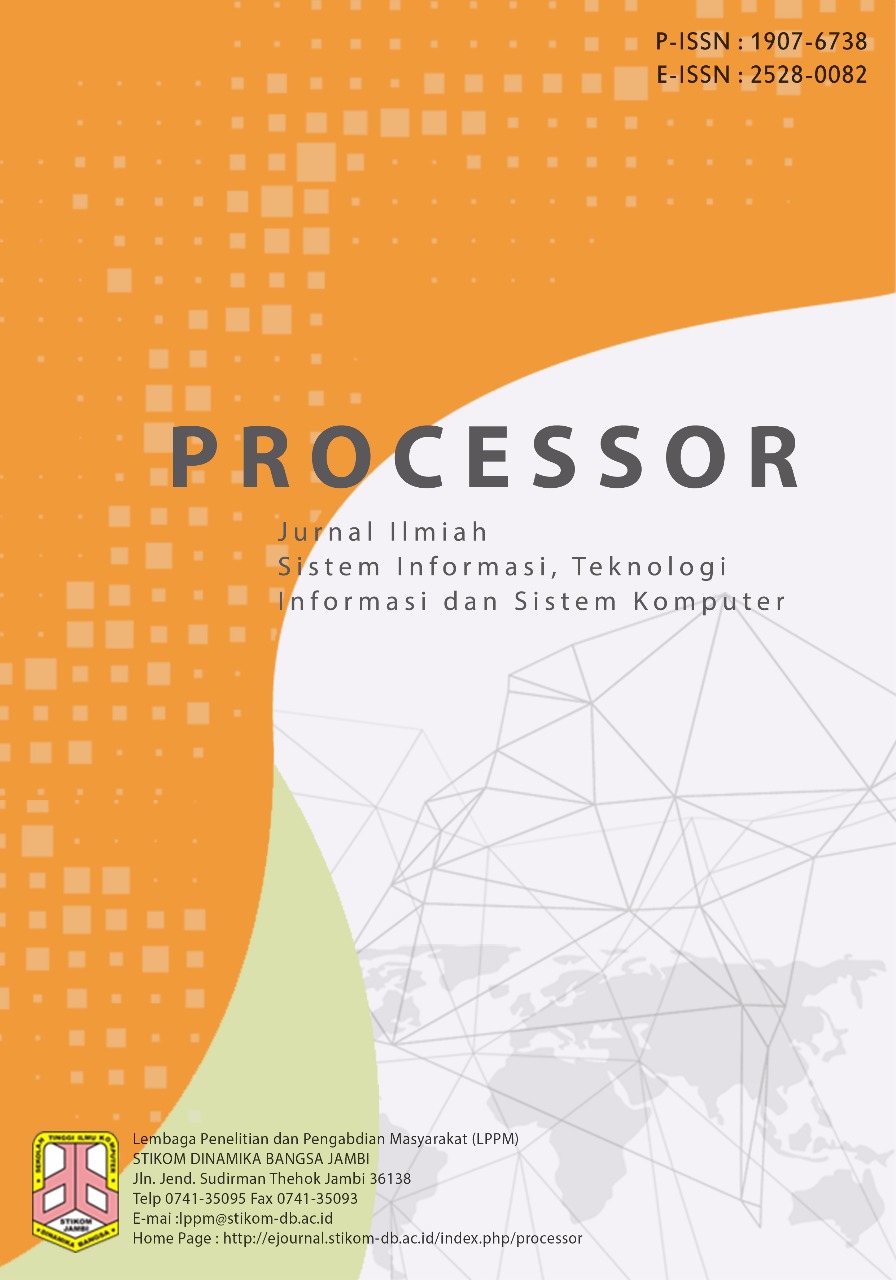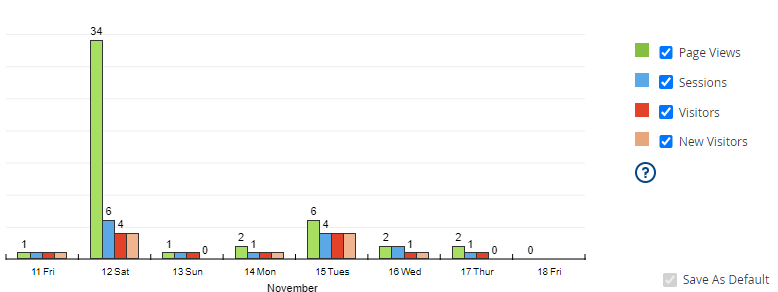Development of Ontology Knowledge Representation in Computer Science
DOI:
https://doi.org/10.33998/processor.2024.19.2.1905Keywords:
Computer science, Ontology, ACM, Sparql Query, ProtegeAbstract
Research in computer science, which often involves complex issues, frequently encompasses multiple sub-disciplines. The more research that applies multiple sub-disciplines, it becomes challanging to categorize the appropriate branches of knowledge related to the research. Therefore, a knowledge representation is needed to accurately depict these fields of study. This research develops an ontology that serves as a knowledge representation for computer science, comprising four sub-disciplines: graphics and visualization, natural language processing, distributed systems, and data science and pattern recognition.The ontology development is based on the grouping references from the Association for Computing Machinery (ACM). Using the Protégé software version 5.5.0, the development resulted in a matrix with 3,584 axioms, 837 logical axioms, 794 classes, and 1 equivalent class. Once the ontology was successfully developed, it underwent testing through query examinations, with four specific queries for each sub-discipline. The query testing utilized a filter based on keywords input by the user. The keywords used were graphics, words, security, and patterns. The ontology successfully provided answers based on the exploration of relationships between subclasses within the ontology.
Downloads
References
J. Mylopoulos and H. J. Levesque, “AN OVERVIEW OF KNOWLEDGE REPRESENTATION,” Conceptual Modelling, 1983, Accessed: Aug. 09, 2024. [Online]. Available: https://dl.acm.org/doi/pdf/10.1145/960126.806869
B. Smith, The Blackwell Guide to the Philosophy of Computing and Information. 2004. [Online]. Available: https://doi.org/10.1002/9780470757017.ch11
J. Kougias, I. Kougias, L. Seremeti, and D. Kalogeras, “Ontology-Based Knowledge Management in NGEEs,” 2011. [Online]. Available: www.ijopaasat.in
andrianto Susilo, P. W. Handayani, and I. Wilarso, “PERANCANGAN MODEL REPRESENTASI PENGETAHUAN BERBASIS ONTOLOGI PADA APLIKASI SIPELANTIK: STUDI KASUS PUSINTEK KEMENTERIAN KEUANGAN,” Jurnal SIstem Informasi, vol. 11, no. 2, 2015, Accessed: Aug. 09, 2024. [Online]. Available: https://www.neliti.com/publications/132508/perancangan-model-representasi-pengetahuan-berbasis-ontologi-pada-aplikasi-sipel#cite
F. T. Admojo, “Ontologi Bahasa Sebagai Basis Pengetahuan untuk Pemrosesan Bahasa Alami,” TEKNOMATIKA, vol. 08, no. 02, pp. 1–5, 2018, [Online]. Available: http://www.semanticweb.org/ontologies/bahasa-v1.
Y. Suryo Baskoro, hafsah S, and H. Jayadianti, “REPRESENTASI PENGETAHUAN DALAM SEMANTIK ONTOLOGI PADA DOMAIN KRIMINALITAS KEPOLISIAN SEKTOR DEPOK TIMUR DAERAH ISTIMEWA YOGYAKARTA,” TELEMATIKA, vol. 15, no. 01, pp. 13–29, 2018.
C. Pramartha, “PENGEMBANGAN ONTOLOGI TUJUAN WISATA BALI DENGAN PENDEKATAN KULKUL KNOWLEDGE FRAMEWORK,” Science And Information Technology, vol. 3, no. 2, 2020, [Online]. Available: https://doi.org/10.31598
R. Zulmaulida, M. Husna, and E. Saputra, “Ontologi Matematika,” JUMPER: Journal of Educational Multidisciplinary Research, vol. 3, no. 1, pp. 62–73, Jan. 2024, doi: 10.56921/jumper.v3i1.179.
A. Nugroho, “MEMBANGUN ONTOLOGI JURNAL MENGGUNAKAN PROTÉGÉ,” Jurnal Transformatika, vol. 10, no. 1, 2012, [Online]. Available: http://Protege.
D. Fensel et al., “On-To-Knowledge: Semantic Web Enabled Knowledge Management,” 2002, [Online]. Available: https://www.researchgate.net/publication/2499186























